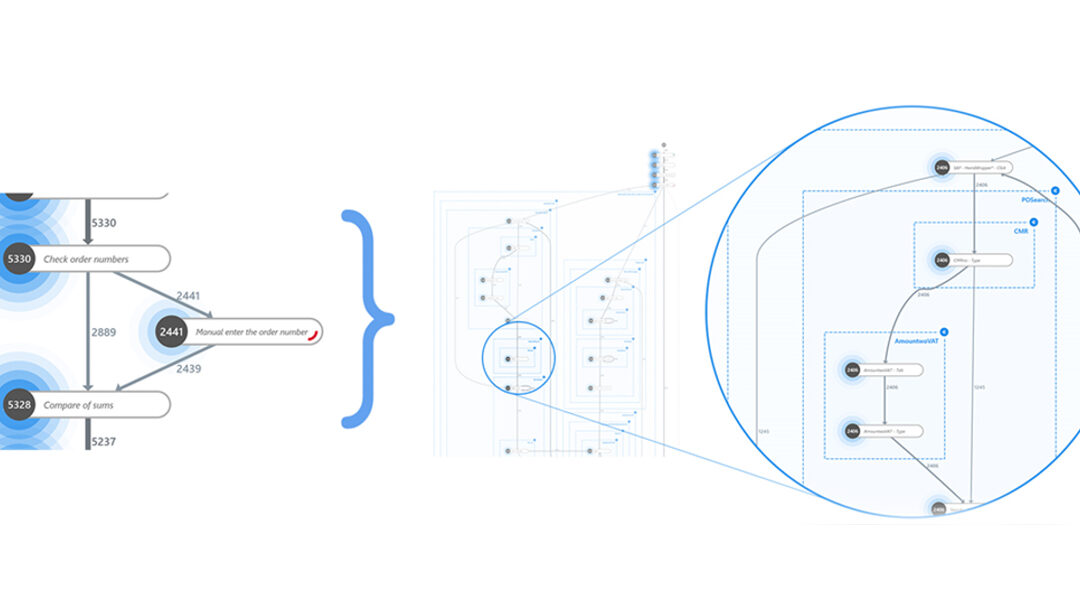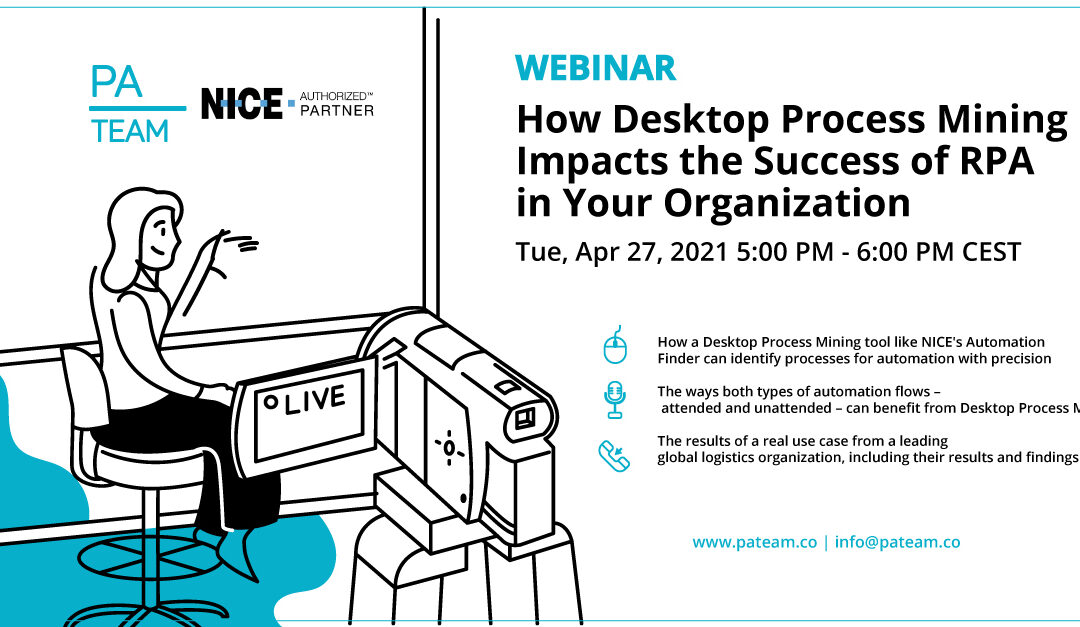
Automating Automation
Wouldn’t it be great if we could leave all the automation to figure itself out? Well, more and more, this is becoming a reality. If that gets your attention, well good! It’s a really exciting part of RPA and something we are keen for people to know more about.
Paper and Pen
To automate our automation (so to speak!), we must first understand the tasks that we carry out to find out if a bot can take them over.
To do this in the past, companies would run ‘brown paper sessions’, essentially mapping out processes by hand where two or three people would cover a room in brown paper and write down every action involved in any given job.
Thankfully, new methods are now available, making this job far easier and based on big data.
Digging For Gold
Tech now allows us to carry out two far more efficient ways of identifying jobs ready for RPA. These two approaches are Process Mining and Task Mining. They sound similar, and some people think they’re one and the same – but don’t be so easily fooled.
Process mining looks at all of the broad processes that make up a large activity. For instance, a car manufacturer selling a car is made up of design, manufacturing, and distribution processes. It’s a simplified analogy, but just think of process mining as looking at activities from a ‘zoomed out’ perspective.
Task mining, on the other hand, looks into the fine detail of what makes up processes. For example, someone in an accounts team processing an invoice must click through and select various options in a CRM. In the world of automation, tracking a user’s UI on their computer to see where they are clicking – as well as how many times and how often they repeat these actions – is an excellent way of really understanding tasks.
Planning is Everything
The best place to start with any automation is on the low hanging fruit – the tasks that a lot of time also are mechanically simple. Remember, knowing when and where to apply RPA is the best way to get the ROI you’re looking for. Too often, the wrong process is selected to automate.
Real consideration should be given to the processes you want to automate before you dive in headfirst. Properly measure what you are currently doing and understand which task is worth getting a bot to carry out – you must base your decisions on facts and data, not just gut feeling.
Away You Go
We’re now at a place where the technology we have access to technology like NICE’s Automation Finder—allowing us to have processes and tasks mapped out for us. It helps us identify the job most appropriate for automation and then automate it with a few clicks of a button using click-to-automate. It’s so simple that you can even automate these stages. The best part is that this can be used in many different settings, whether in call centres or accounting practices – there are gains to be made in almost any business. Why spend time on creating automations yourself if you can automate your own job.
We recently held a webinar on this topic, and you can check out the broadcast here. Or, if you’re interested in just going through the slides at your own speed, click here. Our door is always open, so if you want to chat, we would love to learn more about your business and how PAteam could help you with automation.







